
A view of CNOOC Guanlan, China's first deep-sea floating wind power platform. (Photo/China Daily)
China National Offshore Oil Corp said over the weekend its CNOOC Guanlan, China's first deep-sea floating wind power platform, successfully connected to the power grid in Wenchang oil field in Hainan province.
This marks new progress in providing green power for use in offshore oil production, CNOOC said.
Guanlan is Chinese for "watching waves". Installed at an offshore oil field located 136 kilometers from Wenchang, CNOOC Guanlan has an installed capacity of 7.25 megawatts. With a total height exceeding 200 meters and a draft weight of 11,000 metric tons, CNOOC Guanlan is anchored in the deep ocean at a depth of 120 meters with the help of nine anchor chains.
CNOOC said the green electricity generated by the platform is routed to the grid in Wenchang oil field through a 5-kilometer-long dynamic submarine cable. After its operationalization, the platform will generate 22 million kilowatt-hours of electricity on average annually. The electricity thus generated will be used to supply power to the oil field for its own operations. The platform will save nearly 10 million cubic meters of natural gas and reduce carbon dioxide emissions by 22,000 tons per year.
According to Tang Xinguo, director of the Wenchang 13-2 oil field at CNOOC's Zhanjiang branch, CNOOC Guanlan is China's first floating wind power platform that is located more than 100 kilometers from the coastline and in water depths exceeding 100 meters.
During its design and construction, the platform conducted comprehensive studies on environment and technological innovation in wind power facilities, to ensure safe and stable operation even under the impact of strong typhoons.
Yang Yun, executive vice-president of CNOOC, said that with the installation of CNOOC Guanlan, the company hopes to help promote the development of China's floating wind power in deep-sea areas, especially in terms of core technology, large-scale offshore installation equipment and resource management along the industrial chain.
"By building zero-carbon oil and gas fields in deep-sea areas, we hope to realize green and low-carbon offshore oil and gas production and promote the integration of oil and gas with new energies," Yang said.
China has abundant wind energy resources in deep-ocean areas. According to data from the National Climate Center, China's technical exploitable capacity of deep-sea wind resources exceeds 2 billion kilowatts, indicating great potential for exploration.
CNOOC said the development and utilization of offshore wind power resources are considered one of the most effective ways to help achieve China's decarbonization goals.
The establishment of offshore oil field power system is vital for the operation of offshore oil and gas platforms, as a significant amount of electricity as well as stable power supply are required for daily production activities, CNOOC said.
The company said that currently, both domestic and international offshore oil fields rely on fossil fuels for electricity. However, wind power generation offers a greener alternative for electricity supply to deep-sea oil field clusters. Nevertheless, uncertainty in wind power supply poses higher challenges to the task of maintaining stable power supply to offshore oil and gas platforms.
To ensure continuous and stable operation of the power grid in oil fields after wind power is connected to it, the Wenchang oil field has developed a new power supply model that integrates wind power generation with power generated from gas and smart grids. The new model coordinates four fossil fuel power generators with CNOOC Guanlan to better manage power generation for a steady supply of electricity.
Qin Lifeng, production manager of CNOOC's Zhanjiang branch, said the power grid in Wenchang oil field represents an attempt by CNOOC to establish a new type of green and low-carbon power system at sea.
On the one hand, it meets the high stability requirements for power supply at offshore oil and gas fields by coordinating multiple power generators at an oil field.
On the other hand, it takes a crucial step forward by connecting large-capacity renewable energy generators to the grid, which facilitates the high-proportion utilization of new energy electricity in offshore oil and gas fields.








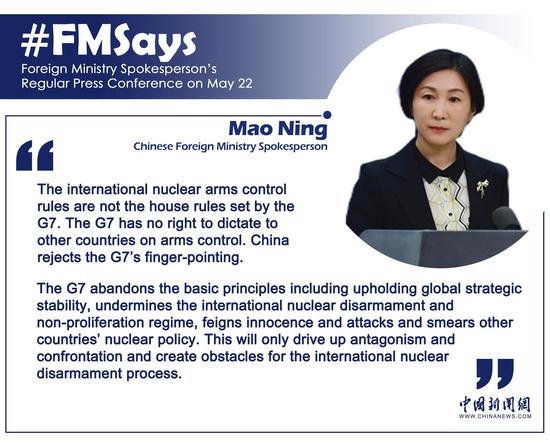
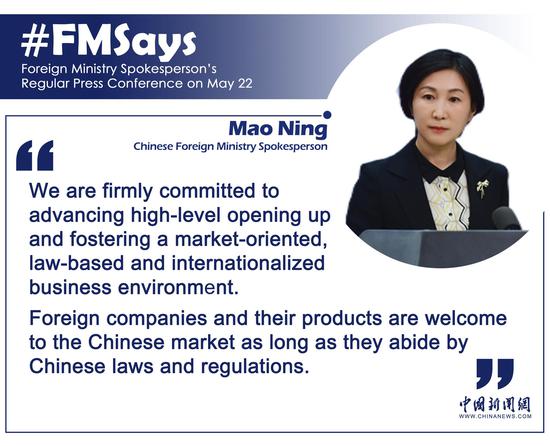
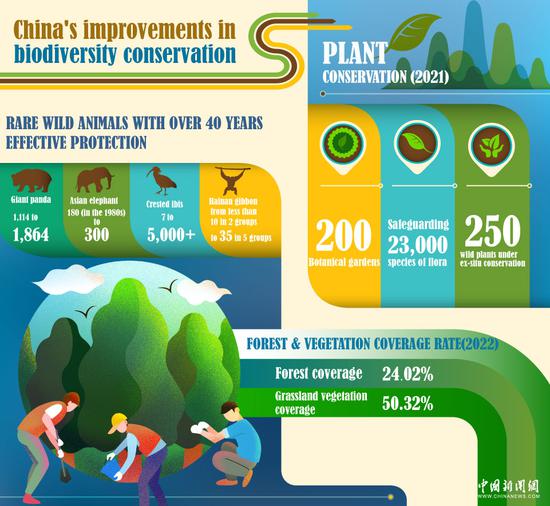

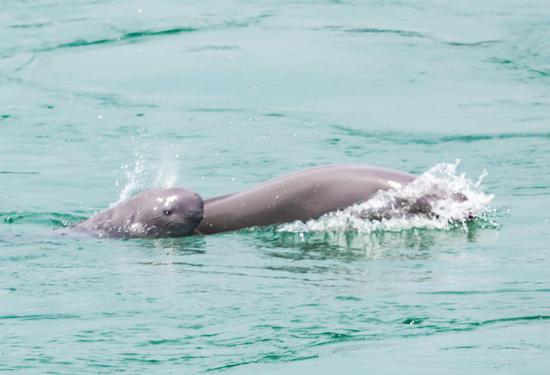


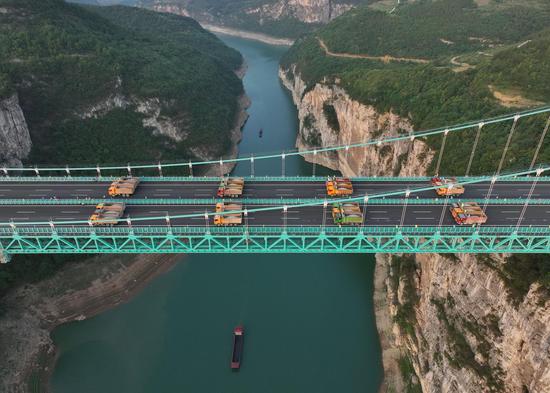
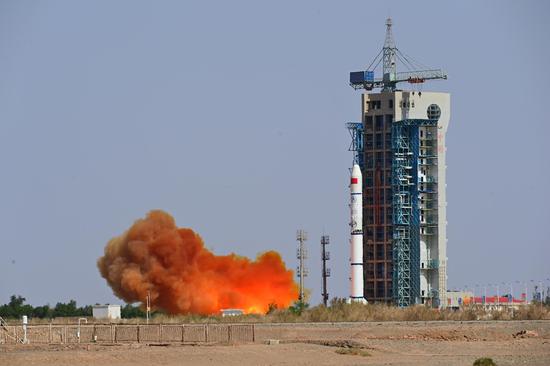
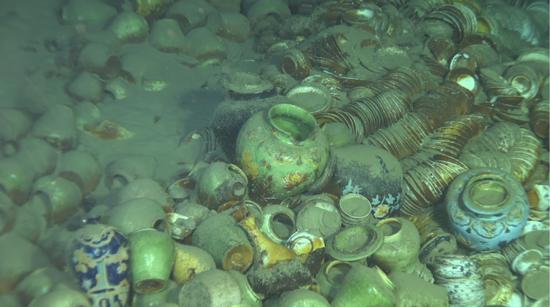








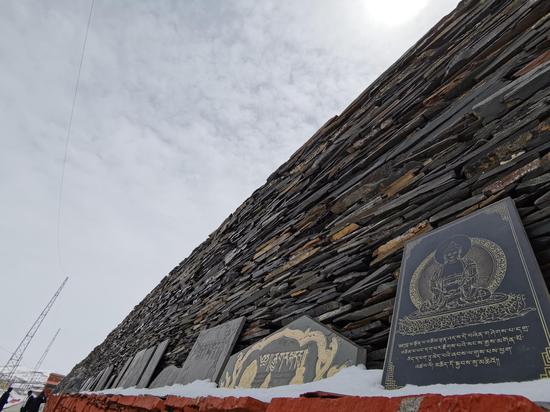


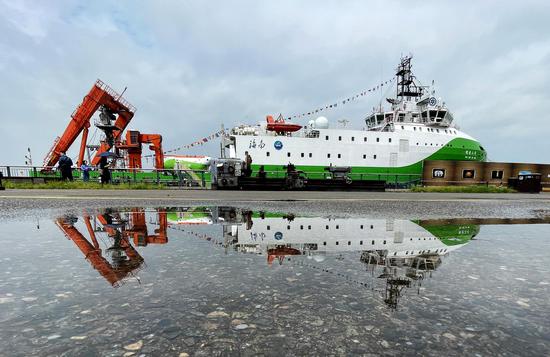


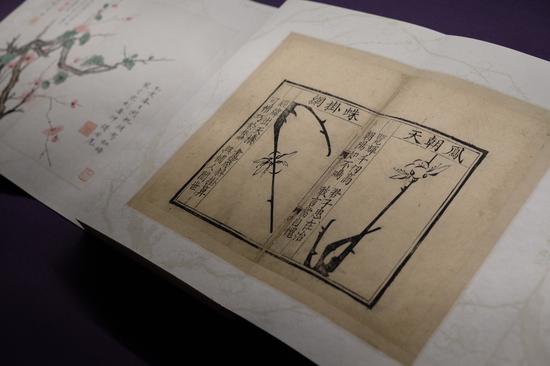
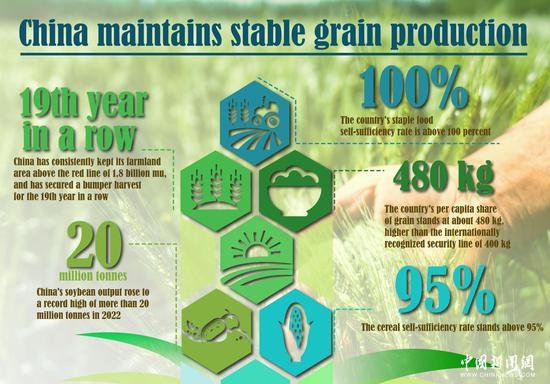
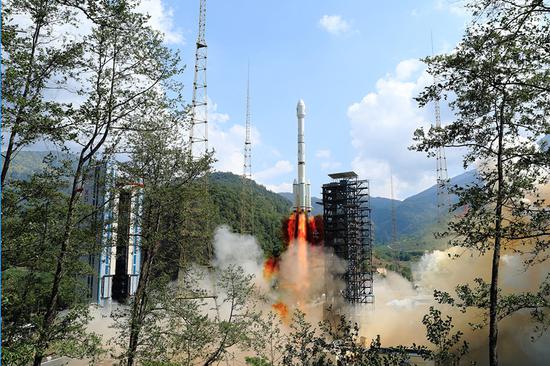


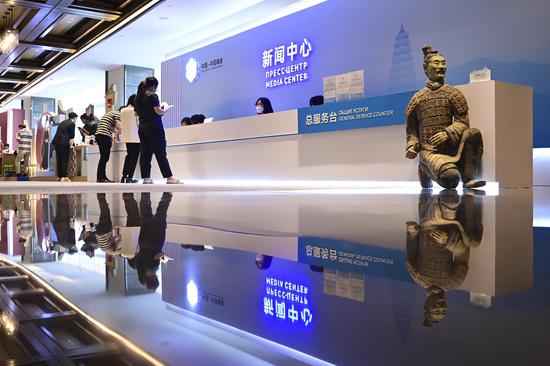





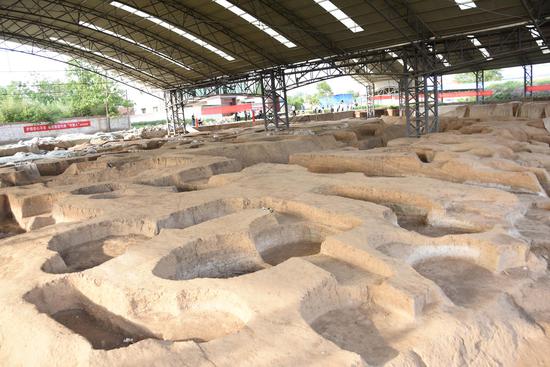
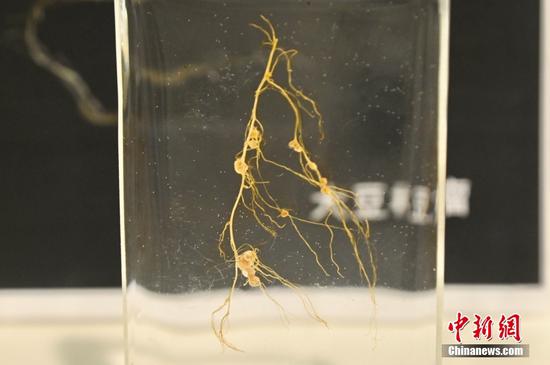





 京公網安備 11010202009201號
京公網安備 11010202009201號